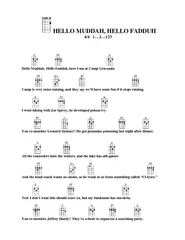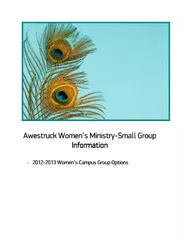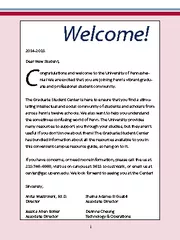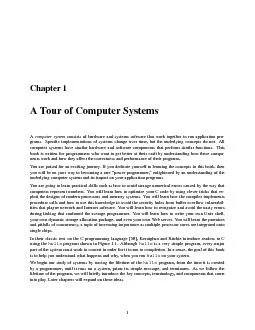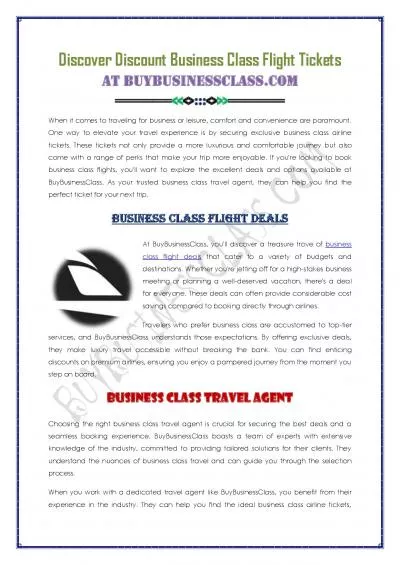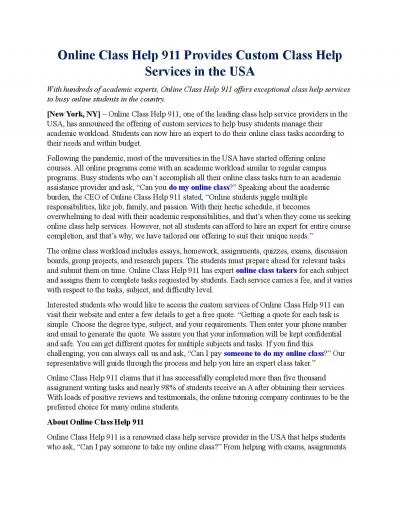PPT-Hello my dear students! Welcome to my class!
Author : isla | Published Date : 2023-11-03
COMPANY INTRODUCTION Definition of Company Sec220 a company incorporated under this Act or under any previous company law Lord Justice Lindley an association
Presentation Embed Code
Download Presentation
Download Presentation The PPT/PDF document "Hello my dear students! Welcome to my cl..." is the property of its rightful owner. Permission is granted to download and print the materials on this website for personal, non-commercial use only, and to display it on your personal computer provided you do not modify the materials and that you retain all copyright notices contained in the materials. By downloading content from our website, you accept the terms of this agreement.
Hello my dear students! Welcome to my class!: Transcript
Download Rules Of Document
"Hello my dear students! Welcome to my class!"The content belongs to its owner. You may download and print it for personal use, without modification, and keep all copyright notices. By downloading, you agree to these terms.
Related Documents




